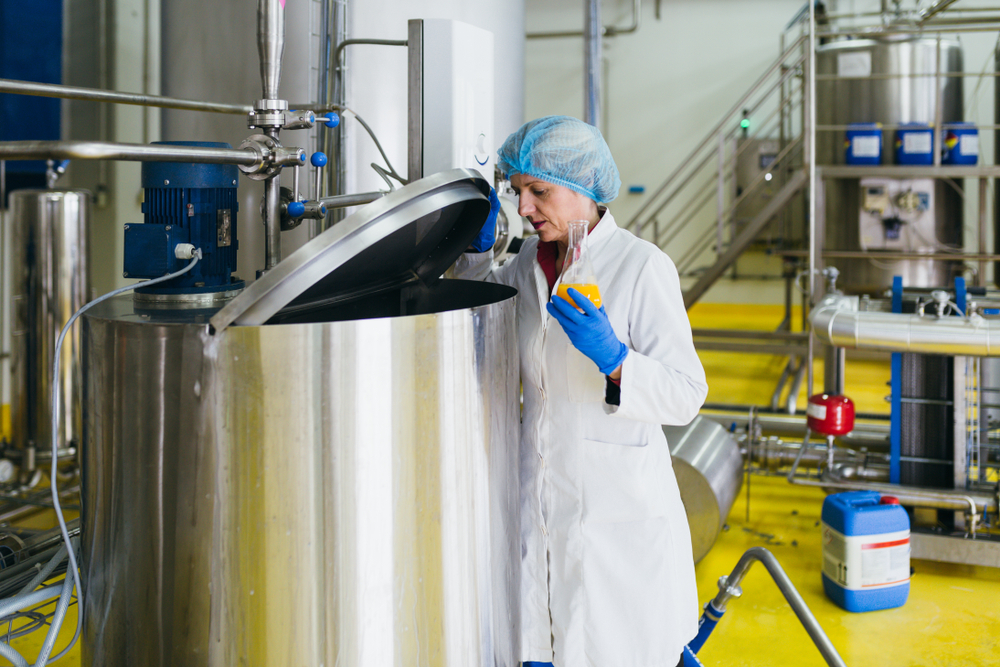
Electrostatic discharge hazards present a significant safety challenge in many processing operations, and none more so than in facilities that handle flammable gases and liquids, combustible powders, or aerosols. The risk of flash fires and explosions due to electrostatic discharges requires appreciation and understanding and often proactive management to mitigate the hazards. Our training course offers a comprehensive approach to mastering the principles of static electricity, its generation, and the mechanisms by which it can lead to hazardous discharges or sparks in your plant.
The course begins with the basics of static electricity and how it is generated, illustrating how different types of electrostatic discharge vary in energy content and how this compares with the ignition sensitivity of different flammable atmospheres. We will describe proven techniques for mitigating electrostatic discharge risks, aiming to bring static electricity under control in industrial operations. Using NFPA 77, Recommended Practice on Static Electricity, this training is explained with case studies describing explosions caused by static discharges. Through engaging video content filmed in our labs and illustrative photographs, participants will understand the application of effective and practical electrostatic control measures.
Course Content
The course will cover:
- The basics of static electricity and how it is generated in industrial processes.
- The nature of different types of static discharge and the importance of Minimum Ignition Energy of flammable & combustible atmospheres.
- Example ‘case histories’ to illustrate how static has caused industrial explosions.
- How to identify electrostatic hazards on process plant, including identification of ‘early warning signs’.
- Methods available to control and eliminate electrostatic hazards.
- Video material to enhance participants understanding of the hazard.
- Questions and Answer sessions.
- Subject knowledge test (available on request).
Learning Outcomes
- Attendees will learn how electrostatic charge is generated in industrial environments.
- Attendees will learn how to recognize those electrostatic hazards that can trigger industrial fires and explosions.
- Attendees will learn how to evaluate and control electrostatic charge in order to reduce or eliminate flash fire and explosion hazards.
Course Duration
The duration of this in-company course is typically one (1) day but can be adjusted to meet the specific needs of your organization. For example, the course could be expanded to include workshops and specific examples from your own operations and processes.
Who should attend
This course is ideally suited for supervisors, engineers, chemical engineers, operations managers, and maintenance staff working in industries where flammable materials are handled, such as chemical manufacturing, pharmaceuticals, petrochemicals, and food processing. Participants seeking to enhance their understanding of electrostatic risks and learn effective strategies for hazard prevention will find the training particularly beneficial. It is also recommended for anyone preparing or implementing safety standards within their organization to ensure a thorough grasp of best practices in managing static electricity in accordance with industry regulations and safety guidelines.










